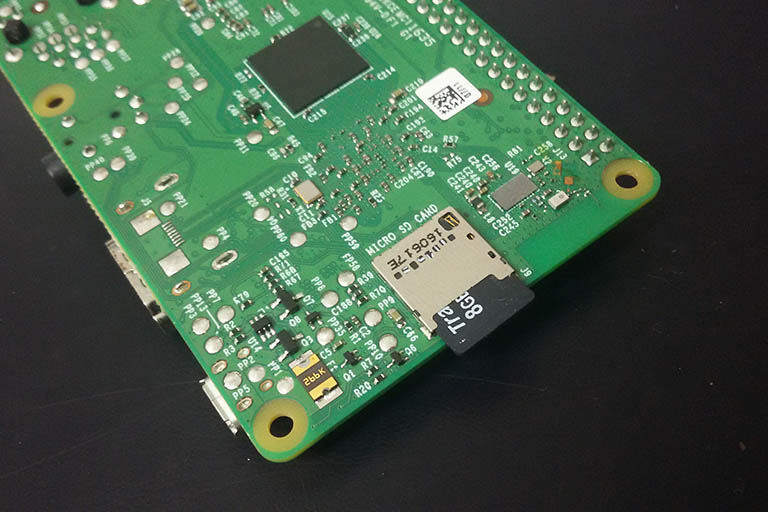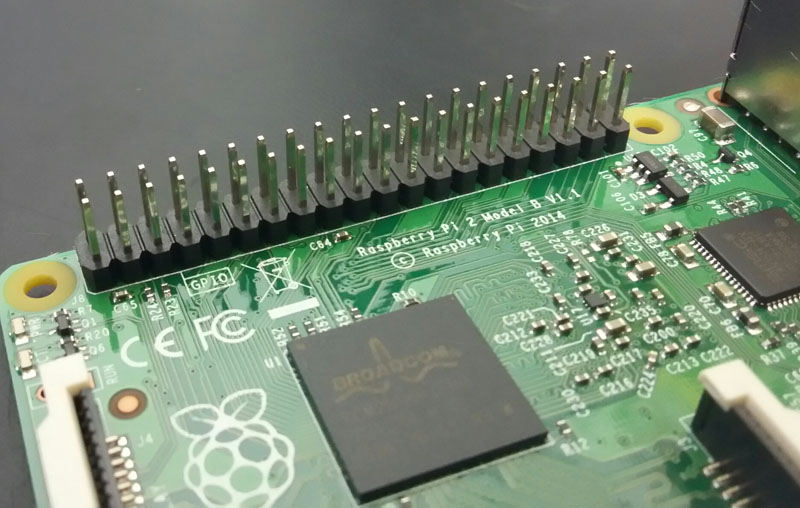Raspberry Pis are low-cost, credit-card sized computer boards that can plug into a TV. Being tiny they are often used for electronic projects and specialised devices at home.
Table of contents
Introduction to the Raspberry Pi
The Raspberry Pi is a low-cost, low-power, credit-card-sized single-board computer. They can be plugged into a PC monitor or HDMI TV and mainly run Linux-based operating systems. With their four USB ports, they can be connected to a keyboard, mouse and/or other external devices.
The Raspberry Pi also has an Ethernet port and Wi-Fi for network and internet connectivity, Bluetooth, and a set of GPIO pins for electronic components and modules. Sound output is in the form of an HDMI connection or audio jack, and power input is in the form of a 5V power supply.
The Raspberry Pi can either be used as is, or a Raspberry Pi case can protect it.
Raspberry Pi’s are popularly used for learning, low-end desktop computers, stand-alone devices, and as electronics modules.
- Get the Raspberry Pi 4B 4GB Starter Kit from Amazon.com
- Get the Raspberry Pi 4B 8GB Starter Kit from Amazon.com
The Raspberry Pi Models
There have been many revisions and models of the Raspberry Pi since its launch in 2012. The B Models are preferred over the A and Zero models because of their Ethernet connectivity.
One thing that did not change across the Raspberry Pi Models was the form factor. The Raspberry Pi remained small and compact. The Raspberry Pi 5B released in 2023 is still credit-card sized and little has changed with regards to its layout.The model of the Raspberry Pi is usually printed on the board itself (next to the GPIO pins) or can be obtained using a terminal command.

The Raspberry Pi Model number is usually printed on the board itself, next to the GPIO pins. In this case, it is a Raspberry Pi 3 Model B version 1.2.
The following terminal command can be used to show the Raspberry Pi model:
cat /sys/firmware/devicetree/base/model
The MicroSD card slot/holder
The MicroSD card slot is where a MicroSD card containing the operating system (OS) is inserted. Up until the Raspberry Pi 2B this slot had a spring release (push-push) type slot, which reportedly can suffer from frequent releasing problems. As of the Raspberry Pi 3 models, the MicroSD card slot is a friction-fit slot.

The Raspberry Pi Model B’s onboard MicroSD card slot is situated on the back of the board. Traditionally, the OS of the Raspberry Pi is installed on the MicroSD.
Unfortunately, the fit friction slot can pose challenges to removing the MicroSD card, especially when the Raspberry Pi is in certain cases.
Learning with the Raspberry Pi
One of the focus points of the Raspberry Pi Foundation is to make the Raspberry Pi a great tool for learning.
“We want to see the Raspberry Pi being used by kids all over the world to learn to program and understand how computers work.” — Raspberrypi.org.
Topics such as computing, Linux, networking, servers and computer programming can easily be explored on the Raspberry Pi.
Using the Raspberry Pi as a desktop computer
The Raspberry Pi 4B and 5B are capable of doing everything one would expect a low-end desktop computer to do.
Like a desktop computer, the Raspberry Pi is powerful enough for browsing the internet, playing high-definition videos, listening to music, making spreadsheets, internet streaming, word processing, and playing some computer games.
With the correct operating system, a Raspberry Pi can be converted into a decent retro game emulation device.
Using the Raspberry Pi as a stand-alone device
The Raspberry Pi is popularly used for media centres, music players, game emulators, digital signage, and streaming devices.

Kodi is a popular choice when it comes to media centre software and is readily installed on Raspberry Pis.
Various forms of free and open-source software packages are either installed on top of the current operating system or a single-purpose operating system can be used.
Using the Raspberry Pi as an electronic device
“What’s more, the Raspberry Pi has the ability to interact with the outside world and has been used in a wide array of digital maker projects, from music machines and parent detectors to weather stations and tweeting birdhouses with infra-red cameras.” — Raspberrypi.org.
With the power to use programming languages like Python and Bash, their internet connectivity, and their GPIO pins, Raspberry Pis are popularly used in place of microcontrollers for micro-electronic projects.
The GPIO, screen, keyboard and mouse, and internet APIs can be used to collect data from the outside world. The data can be processed and/or permanently stored on the Raspberry Pi and the screen, LAN, GPIO, or the internet can be used to output data.
The Raspberry Pi can also connect to electronic databases like SQL and DynamoDB.
GPIO pins
A powerful feature of the Raspberry Pi is the row of GPIO (general-purpose input/output) pins along the top edge of the board. A 40-pin GPIO header is found on all current Raspberry Pi boards.

The Raspberry Pi’s GPIO connectors can be used to collect and send data to and from other electronic components.
The Raspberry Pi USB ports
Raspberry Pi B models come standard with 4 USB ports. These ports are used to connect peripherals such as a keyboard and mouse, game controllers, USB Drives, USB adapters, and external hard drives.
Raspberry Pi alternatives
Although there are many more, popular competitors for the Raspberry Pi include single-board computers such as the Banana Pi, LattePanda, PocketBeagle and Odroid.
Conclusion
The Raspberry Pi is a low-cost, low-power, credit-card-sized single-board computer. Various revisions and models have been released since 2012. Raspberry Pi’s can be used for learning, low-end desktop computers, emulating stations, stand-alone devices, or as electronic modules.



